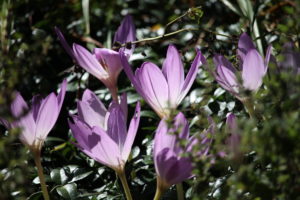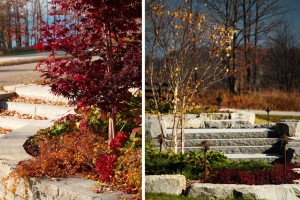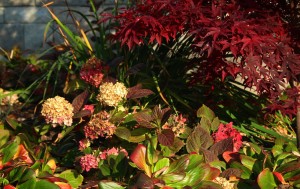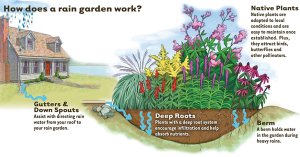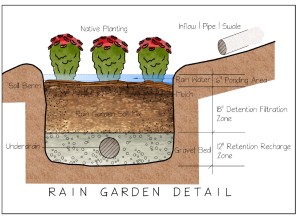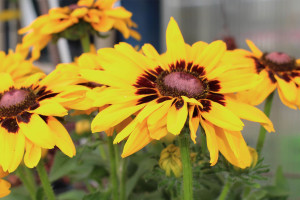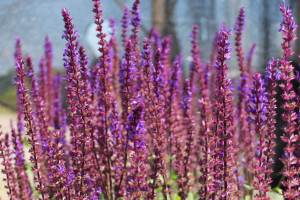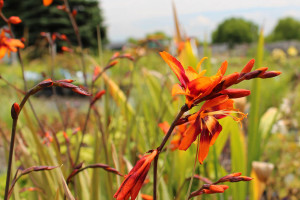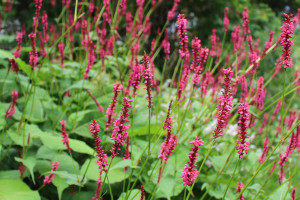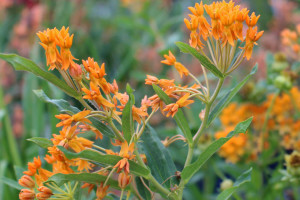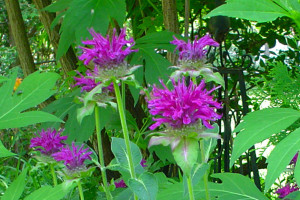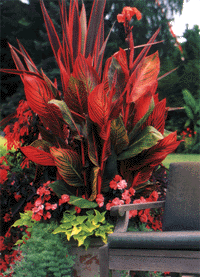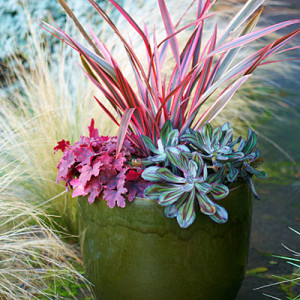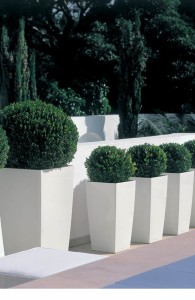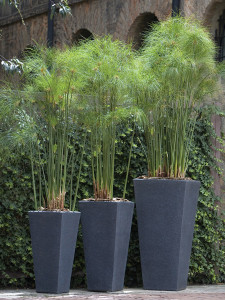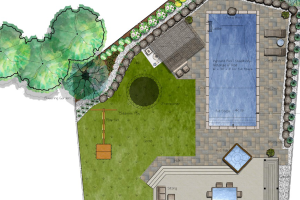Amazing gardens require both artistic composition and horticultural expertise to create gardens that not only look good, but make you feel good.
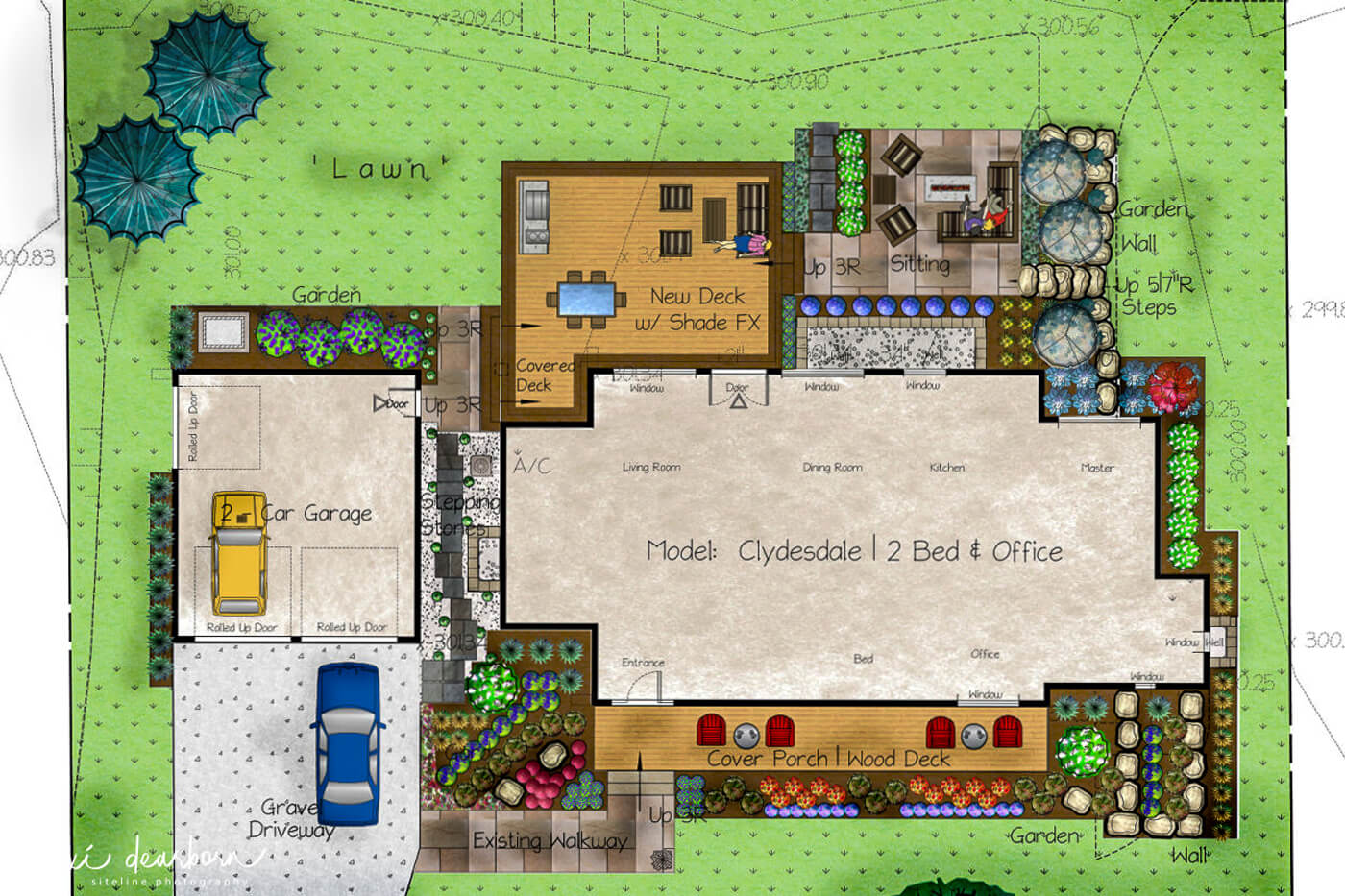
A Few Design Tips
Gardens set the tone for your home. Select a colour palette that reflects you and your style. Keep it simple. White flowering gardens are trending this season (they are every season!) and are very easy to put together. If you want to keep down visual clutter in your garden, pick a couple basic hues. Purple and yellow; orange and blue; pink and purple; or white and black are great colour combinations for any garden.
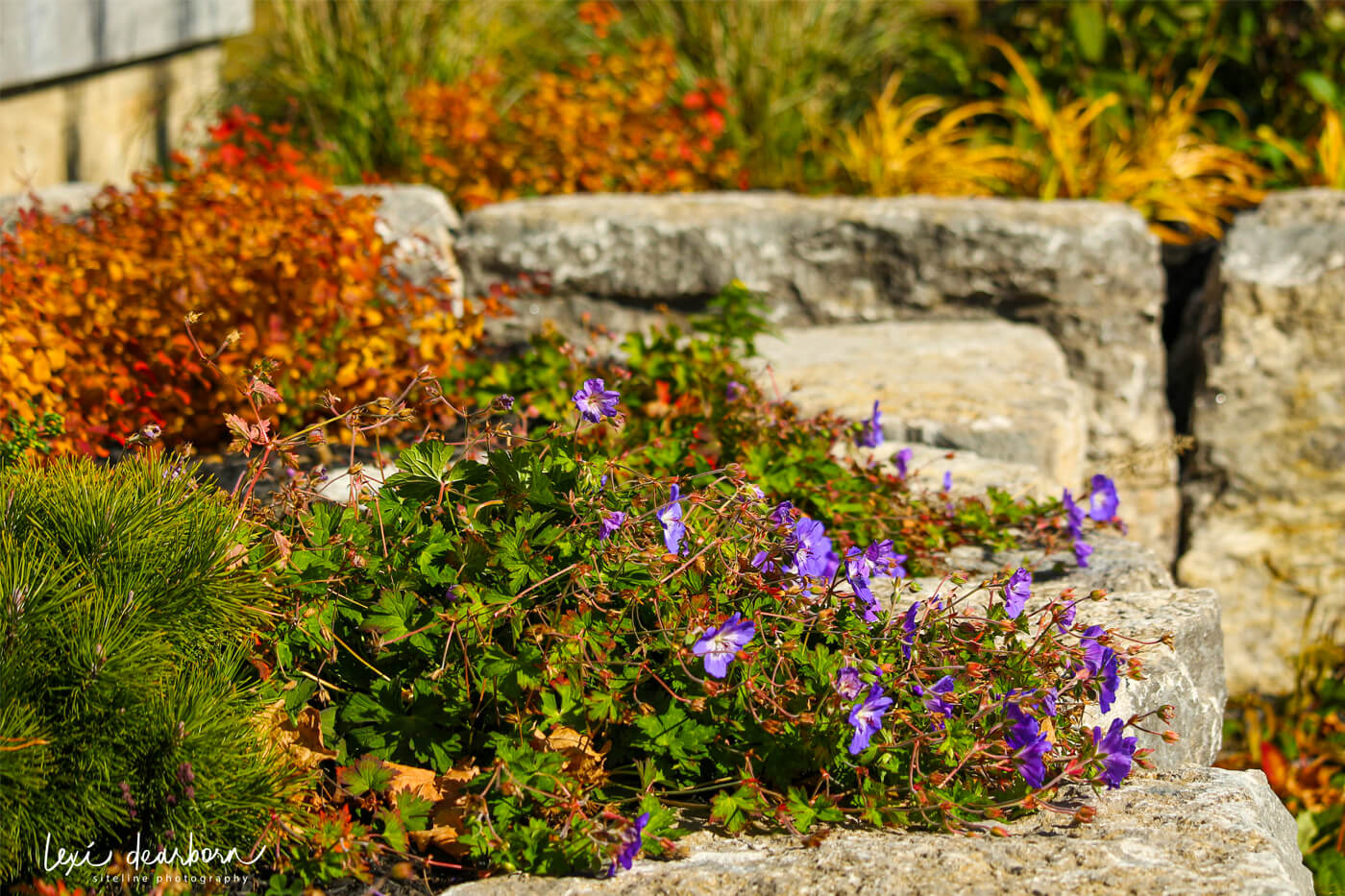
Are you a gardener? It’s okay to say, no!
If gardening isn’t your thing, make sure to select plants that require little care such as elegant ornamental grasses, dwarf flowering shrubs or easy-care perennials.
For a sunny location, try perennial selections like daylilies, coneflowers, perennial geranium, salvia, or phlox. All come in a multitude of colours to mix and match in your garden.
If you deal with shade, try hosta, ferns, shade grasses or foam flowers for a great combination of textures and colour.
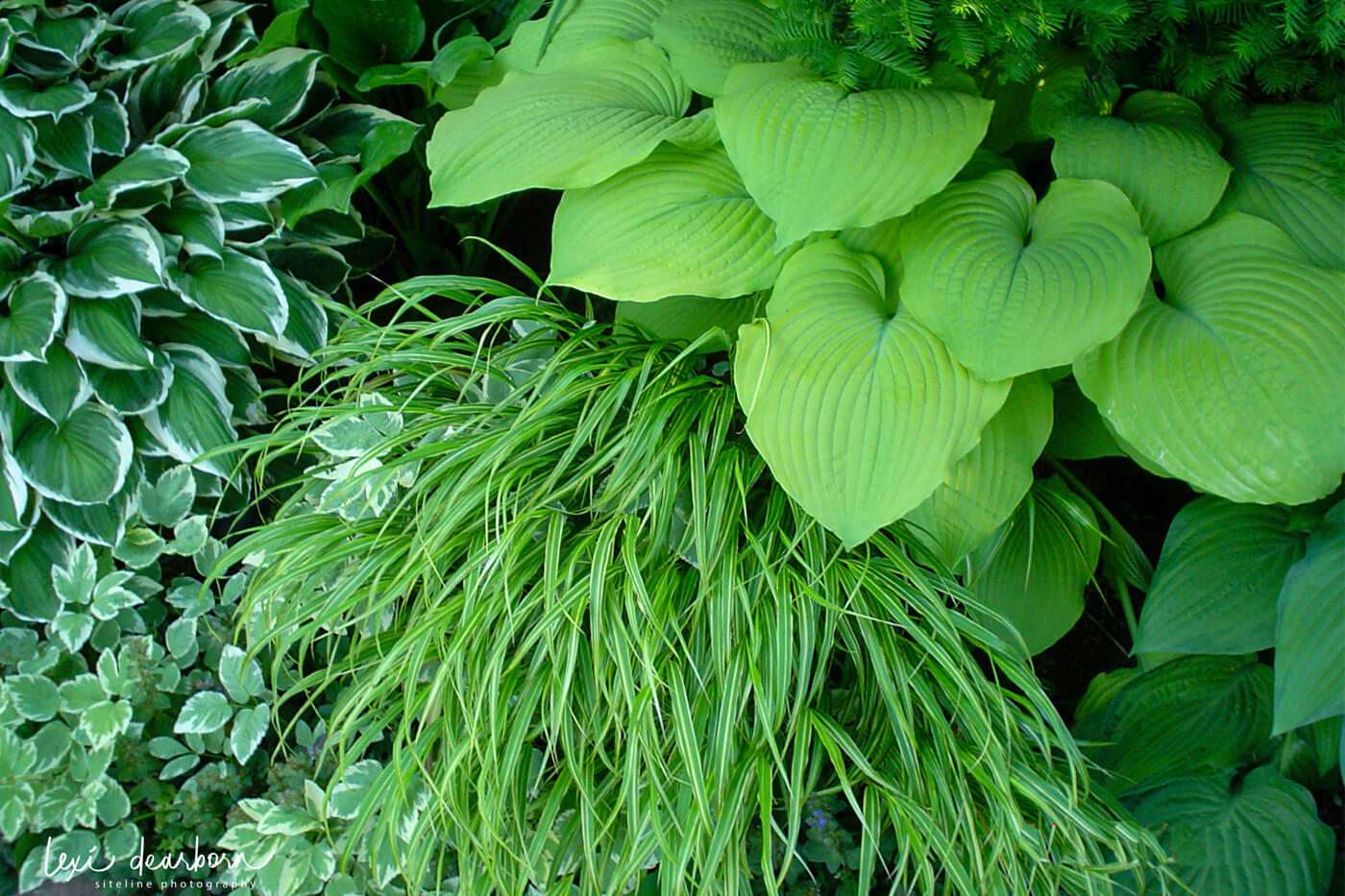
Keep it Simple!
Less is more. More mess equals more stress, which is why homeowners feel so overwhelmed when it comes to an unruly garden. I like to keep it simple. I select only four or five fabulous plants – shrubs, perennials or grasses – and then work to lay them out in different combinations in the garden. Remember, plant in groups for impact. This creates a garden that feels unified. Pssst…this technique works really well in front gardens.
The Low Maintenance Garden
A low maintenance garden is the number one request from clients any season. Selecting plants that look great throughout the growing season and require little maintenance – I didn’t say ‘no’ maintenance – is the key to fulfilling this request. Boxwood, yew and cedars look amazing, however, they need monthly clipping to keep them looking neat and tidy. Instead, try a few of the new dwarf flowering shrubs available this season such as Wee White Hydrangea, Sonic Bloom Weigela, Glow Girl Spirea, or Bloomerang Lilac. Not only do you get low maintenance shrubs, the bonus is amazing blooms.
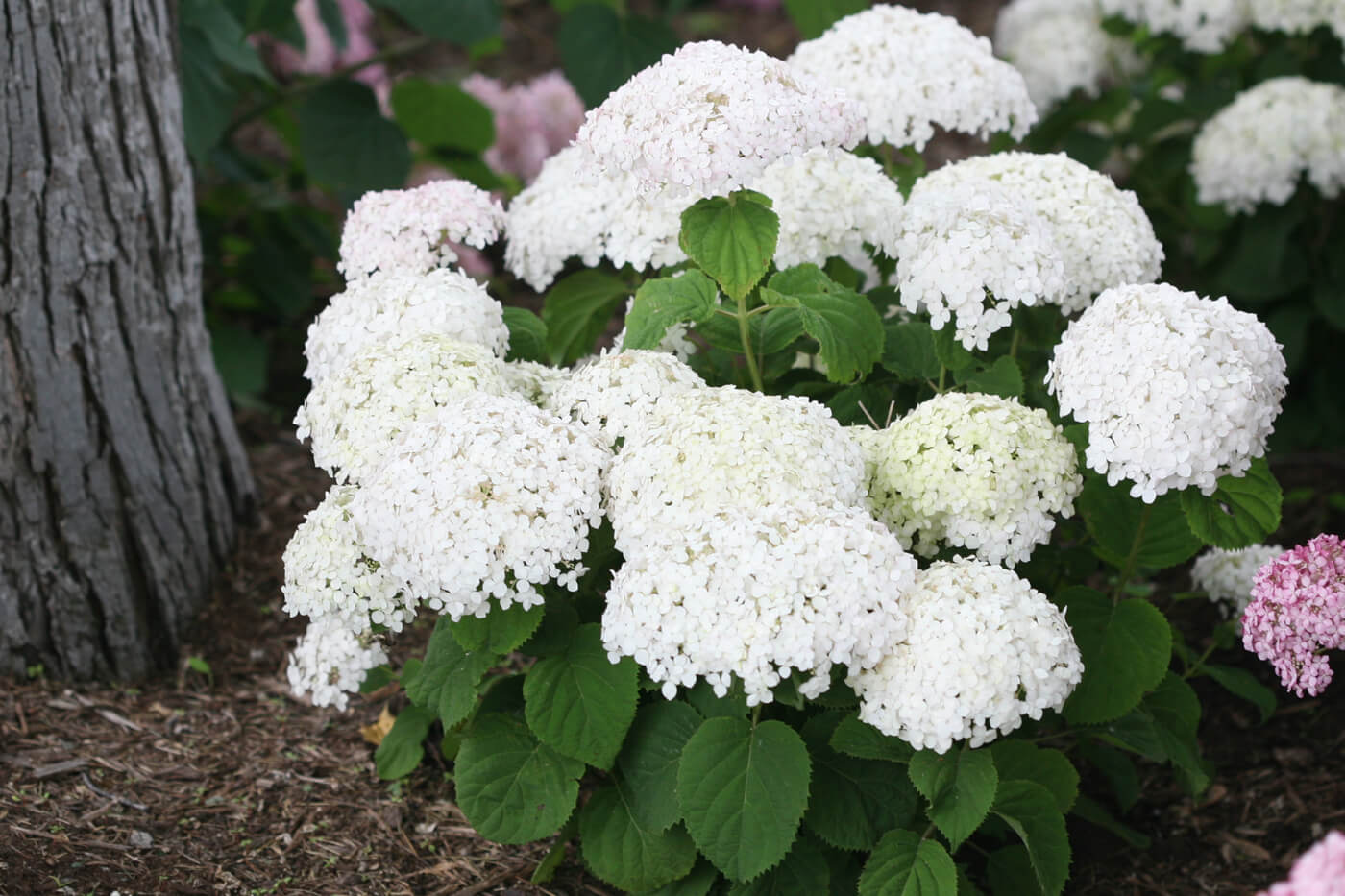
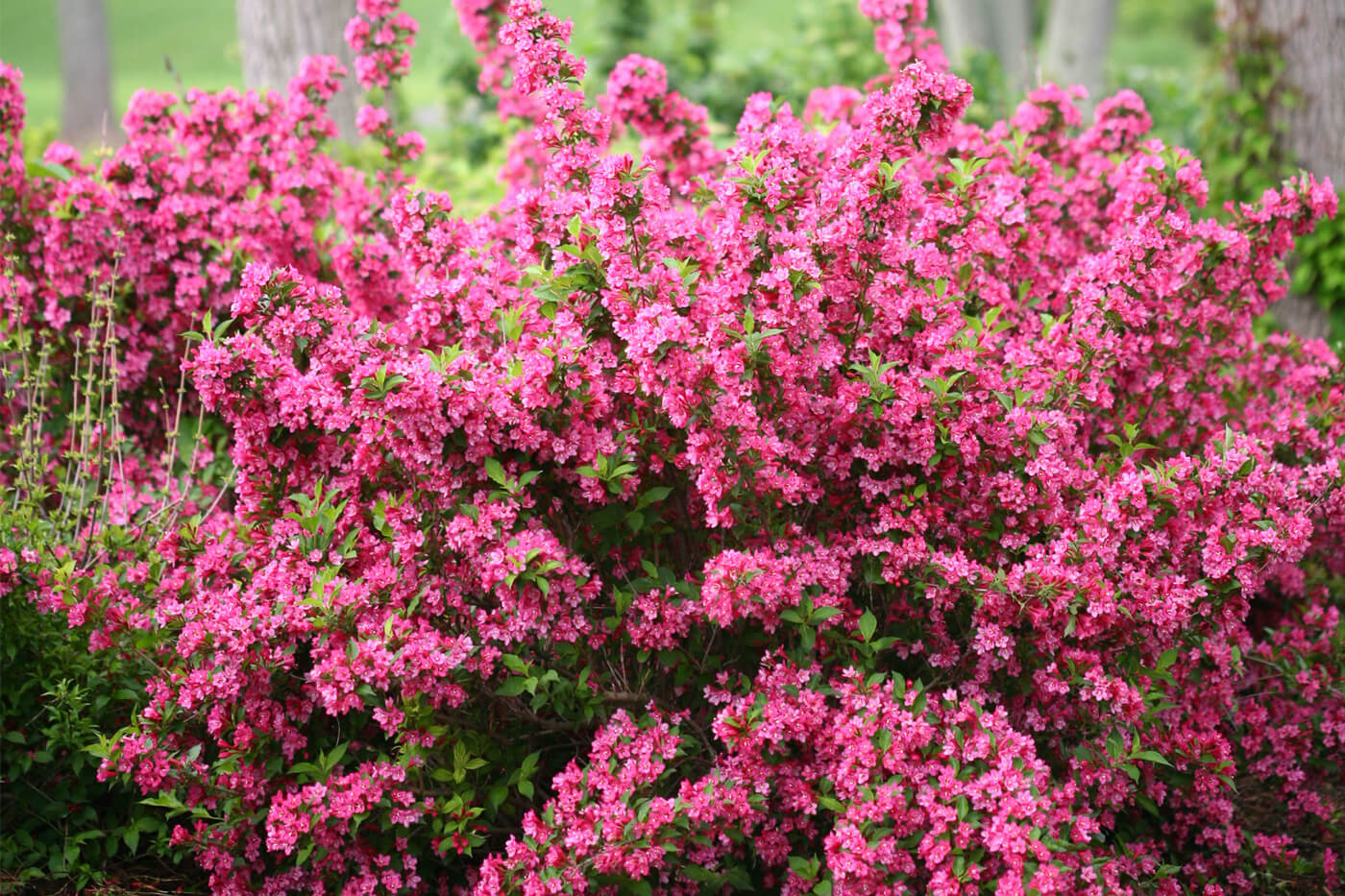
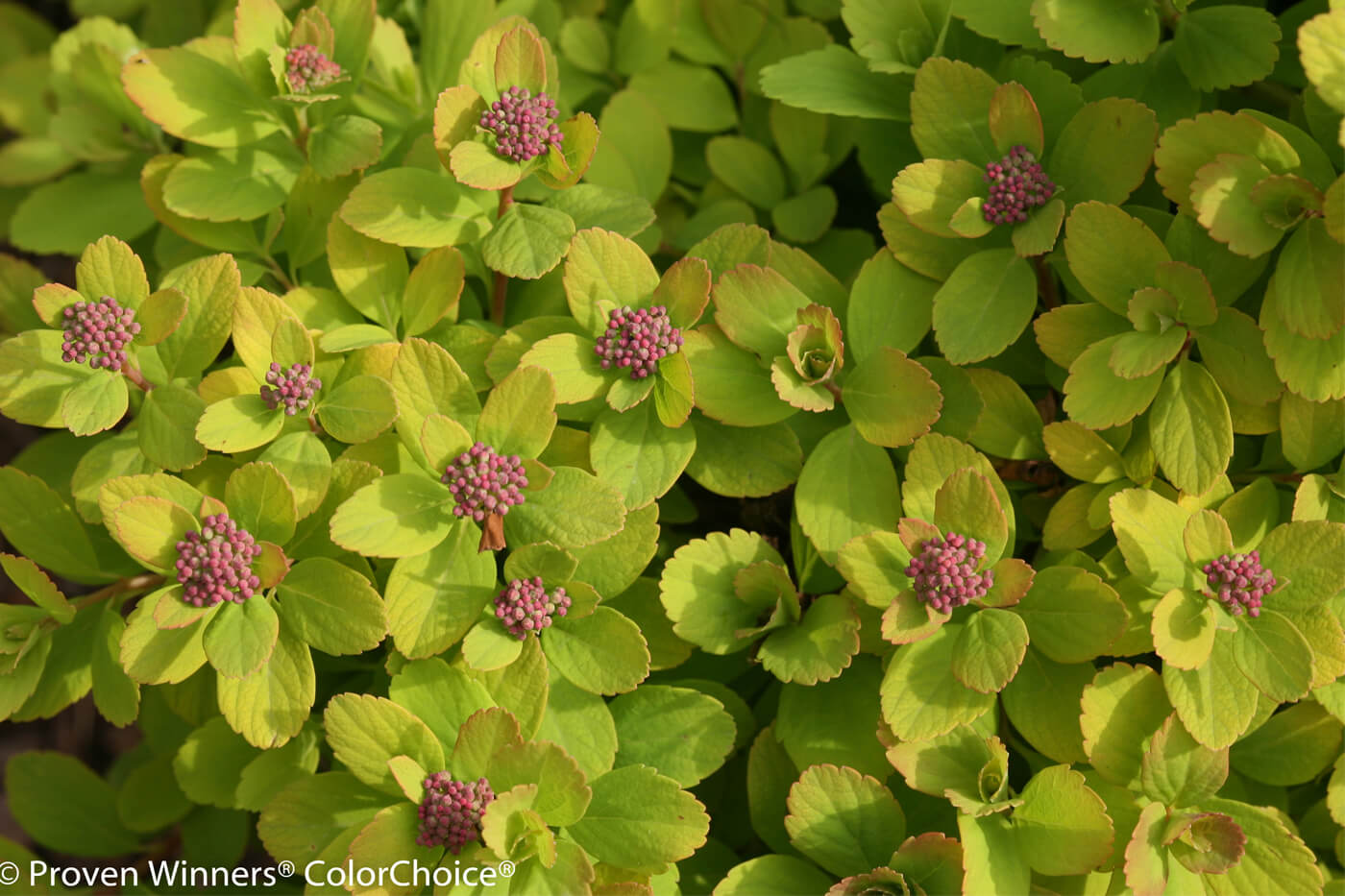
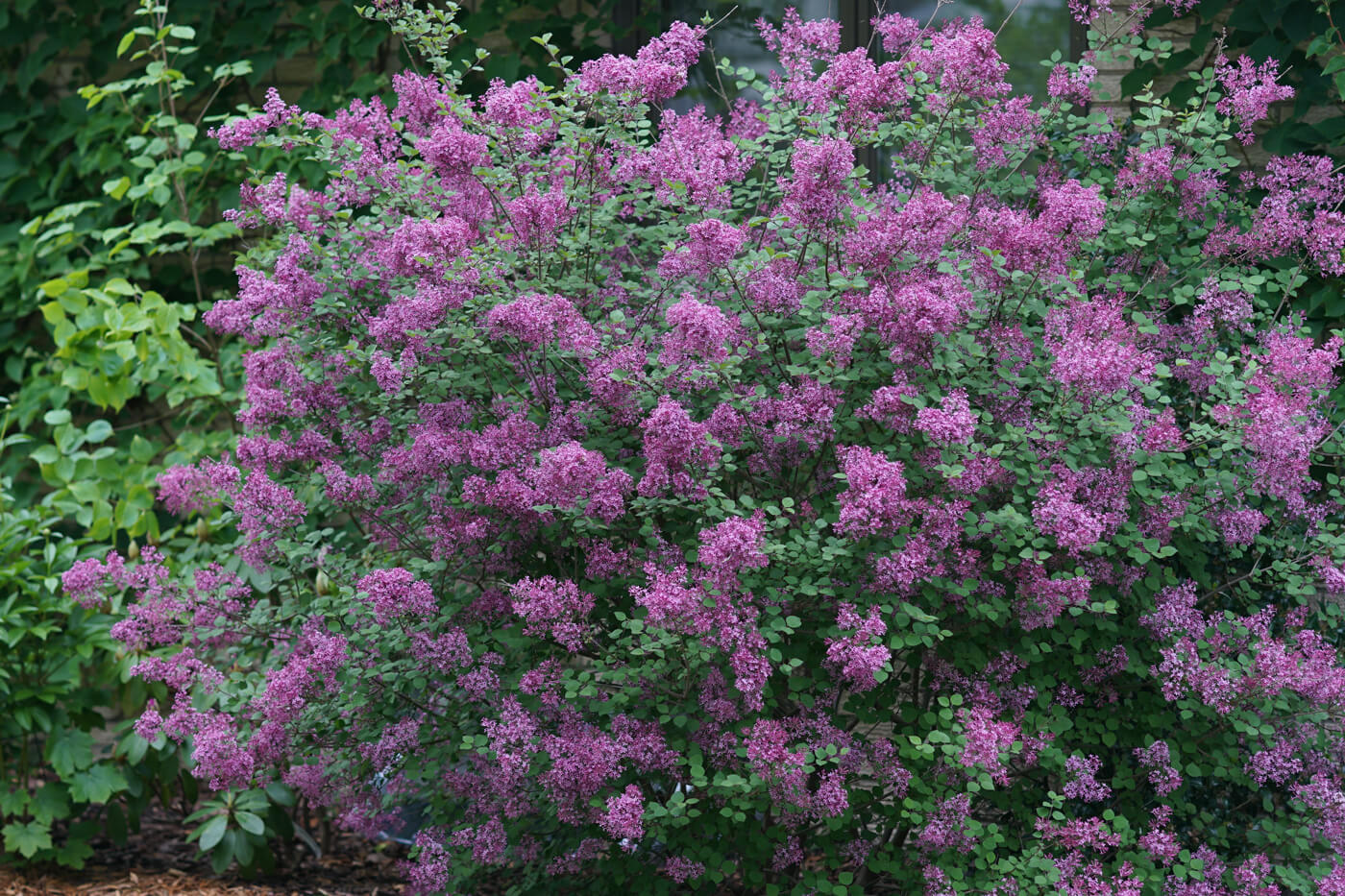
I tend to see gardens much like a painting, filled with colours and textures. My process to creating a great garden is, first select a great colour scheme, then add in the plants. By doing this, I keep the gardens I create feeling harmonious, interesting, and they feel good.
Lexi – The Gabby Gardener
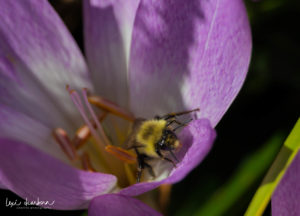
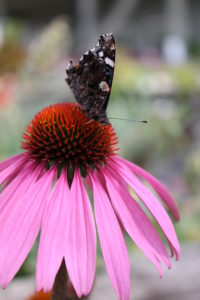
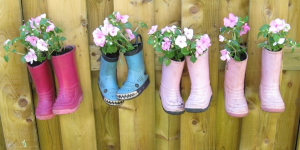
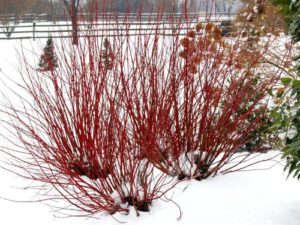
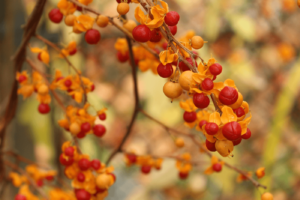

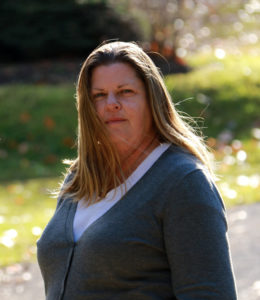 her half is spent learning who the clients are and understanding their needs.
her half is spent learning who the clients are and understanding their needs.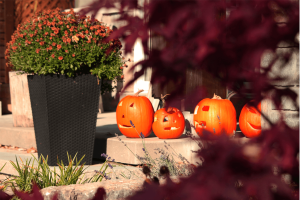 Ah, Autumn!
Ah, Autumn!